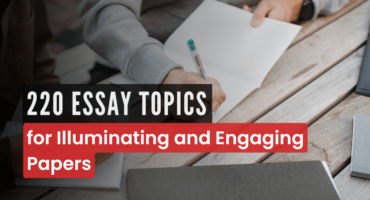
Q1. In what way did osteoporosis contribute to Jean's fracture?
Impaired bone microarchitecture and the reduction of bone mineral density are the contributing factors which leads to the increase fragility of bone that escalate the risk of developing bone fractures. (Di Wu et al.,2021)
During the remodelling of the bones after every ten years helps the bone restructured to maintain its strength during the life cycle, in the process of remodelling osteoclasts and osteoblasts usually attached closely, when the receptor activator indirectly involves in the remodelling of the bone regulation which cause osteoclastogenesis due to that increase risk of bone to prone for the fractures (Lorentzon et al., 2021)
Moreover, Jean’s atopic dermatitis could be one of the link that leads to the osteoporosis but the research evidences are partially unconfident with the relation of it. (Awasthi et al., 2018).
Q2. Jean has had surgery to repair the fracture neck of femur. On her return to your ward, what observations will you conduct?
After the surgery, following are the priority observations to be monitor; pain management and pain control, to reassess the pain with the nonverbal tools available. Secondly, monitoring signs of venous thrombosis and administration prophylactically of low molecular weight and unfractionated heparins with that it increases the risk of bleeding, also should be monitor too. Furthermore, the assessment the early signs of dementia in the patient as those are more prevalent in older adults with the fractures. Lastly, Anaemia level should also be monitored which will decrease the chances of prolong hospitalisation. (Colón-Emeric, 2012)
Q3. What will be the impact on Jean’s activities of daily living post her surgery?
Experiencing fractures like incidence with the older adults have deliberated effects on the basic daily activities, such as walking, climbing stairs and performing activity of daily living like bathing and dressing. There is evidence of 25% - 75% of people who used to walk without any kind of assistance before fractures occur now have almost lost their independence and fail to gain the autonomy as before fracture incidence. (Amarilla-Donoso et al.,2020).
Q4. Discuss 3 community referrals that you might make to provide further support and assist Jean to remain in her own home following her discharge from hospital.
The three community referrals are the physiotherapy, long-term care facility and occupational therapy. These three referrals are the top most necessary referral services that require for a patient rehabilitation. Physiotherapy is an integral part as it restores the patient autonomy by offering multiple mobility exercises. Also, the long-term care facility which include the old-age care homes, as the Jean use to live alone, now she would require someone to take care of her totally and lastly, the occupational therapist which will deal the need identify of jean for her seating, sleeping require need of splint devices. (Hertz & Santy-Tomlinson, 2018)
Q5. Discuss the process of metabolism, nutrition and body temperature regulation.
Metabolism is the process of multiple reactions which is going throughout the body that provides the energy and that energy requires in the whole body, all the living beings on the earth attains the energy from the organic material. (de Nava & Raja, 2021). The process of catabolism and anabolism is further elaborated in the process of metabolism. Temperature regulation is maintaining by the mammals as same as the external temperatures, temperature usually obtain by the energy consumption which breakdown in the form of energy and provide heat to the body so that body can able to maintain the temperature to survive in hot and cold temperatures. (Osilla et al.,2018)
Q6. Discuss biological maturation, inheritance and ageing.
Biological maturation starts to occur from the conception of the sexual maturation. The orderly production of the massive number of different molecules, human body requires and put most of their energy into it so that genetically plan can be contented, to further elaborate this, then these energies settle down and started to vanished, due to some disorders the molecules experience the error and they continue produce it. Such changes in cell, tissues and organs are the reasons for ageing process, and the tissues and organs experience ageing at different rates of deterioration.
One of the genetic control theory define that every human being is born with a genetic code which predetermined the specific type of physical and mental functioning, this is called genetic inheritance and it can certainly define how long a person can live depending on their biological clock.
Ageing defines as the process of becoming older, it was traditional called as system deterioration or the steadily loss of bodily physiological functions death cause the increase chances of death. (Mercado-Sáenz et al., 2010)
Get Assignment Help from Me








